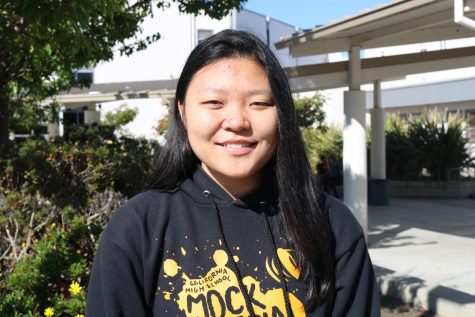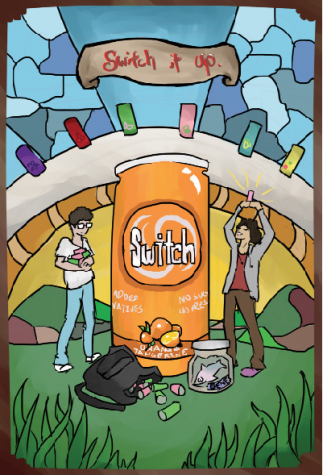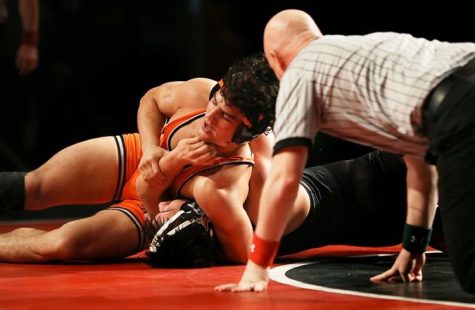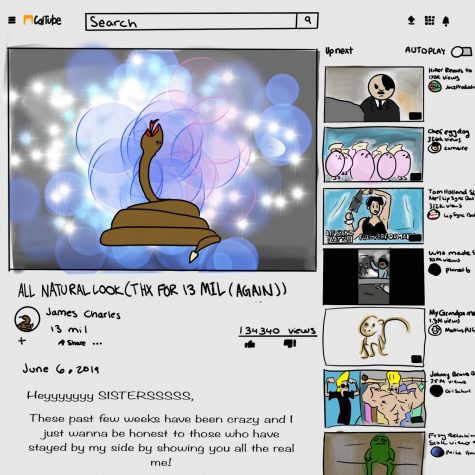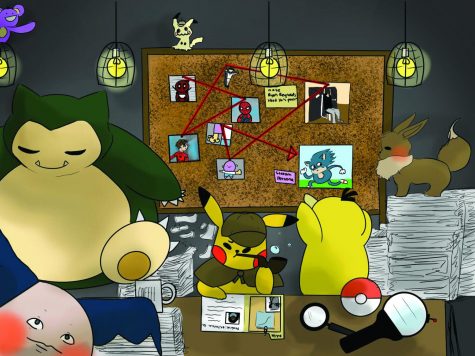SF hosts Cherry Blossom Festival
Cherry blossom trees are blooming in San Francisco, marking the start of the annual Cherry Blossom Festival.
The festivals are held all over the country, including a national one in Washington, D.C., and a local one in San Francisco.
These festivals originate from Japan, where the cherry blossom, known as sakura in Japanese, has significant meaning as the official flower of their imperial family.
In America, the festivals are focused on sharing Japanese culture with the American public.
According to its website, the Northern California Cherry Blossom Festival in San Francisco was founded in 1968 to “cultivate the continued alliance between Japan and United States using culture as the bridge.”
Today, the San Francisco festival in boasts more than 200,000 annual visitors, a number that surprised Ayumu Kashiwagi, a government worker on a short visit to America.
“I didn’t know so many people [here] were interested in Japanese culture,” Kashiwagi said at the festival.
This year, the festival was from April 14-22. The streets of Japantown were filled with visitors interacting with the booths lined up outside, all getting a glimpse of the Japanese culture.
At the main stage near the Peace Pagoda, a landmark of Japantown, visitors could see Japanese cultural performances including taiko.
Performed by the San Francisco Taiko Dojo, the first taiko group in North America, taiko is the art of Japanese drumming.
In taiko, Japanese drums called wadaiko form an ensemble, producing loud thunderous beats. An ancient art, it may have had use as early as the 6th century, although modern performance styles developed in the 1950s.
Walking around the festival, visitors could also see numerous people dressed up as fictional characters. This modern art form is known as cosplay, and cosplayers dress up as characters, usually from anime.
Cosplayers Hadia Andar and Vikram Kumar were excited to be at the festival, where they could share their passion with everyone. The festival was a way for cosplayers to connect with each other and with the public.
“I like seeing everyone being friendly to each other,” said Andar.
The festival also has visitors from out of state, which Kumar cited as reason why he liked the festival.
“You have people coming from all over,” said Vikram Kumar. “One of our friends here is actually from Las Vegas.”
For these cosplayers, the Cherry Blossom Film Festival was another reason to attend the festival.
The separate film festival, hosted on the weekends, showcased popular anime such “My Neighbor Totoro” and “The Tale of Princess Kaguya.” Both are well-known and loved even outside the Japanese and Japanese-American community.
The Cherry Blossom Festival also showcased other aspects of the Japanese culture, including food. Hungry visitors could feast on the selection of Japanese food both outdoor and indoors. Restaurants were crowded with guests intrigued by displays of food models.
The indoor area inside a mall featured a small gallery with artists selling their work. Many artworks were Japanese- or Asian-themed, and featured everything from anime characters to pandas and boba. Artists Lina Sung and Kyle Martin complimented the gallery for the opportunity it gave them.
“[The artist gallery] is really great because we can make a network of people and share tips,” said Sung.
The main highlight of the festival was the grand parade on the opening day. Streams of people in kimonos and Japanese-themed floats passed by in the parade. The biggest attraction in the parade was the Mikoshi, a portable Shinto shrine that transports a deity. The Shinto religion is a widespread religion in Japan.
Overall, attendees seemed excited to be at the festival.
“I love that everyone can experience the culture together,” said Tiffany Touzert. “There’s many opportunities to do that here.”
The festival helped connect visitors to Japanese culture, an opportunity they otherwise might not have. Kashiwagi seemed to appreciate the festival for doing this.
“I think this festival is helping people understand our culture,” said Kashiwagi. “It shows there is gradually more interest [in Japanese culture].”
Set against the backdrop of the blooming sakura, the national flower of Japan, the Cherry Blossom Festival was not one to miss. For those who did, the festival will be hosted at a similar time next year.
